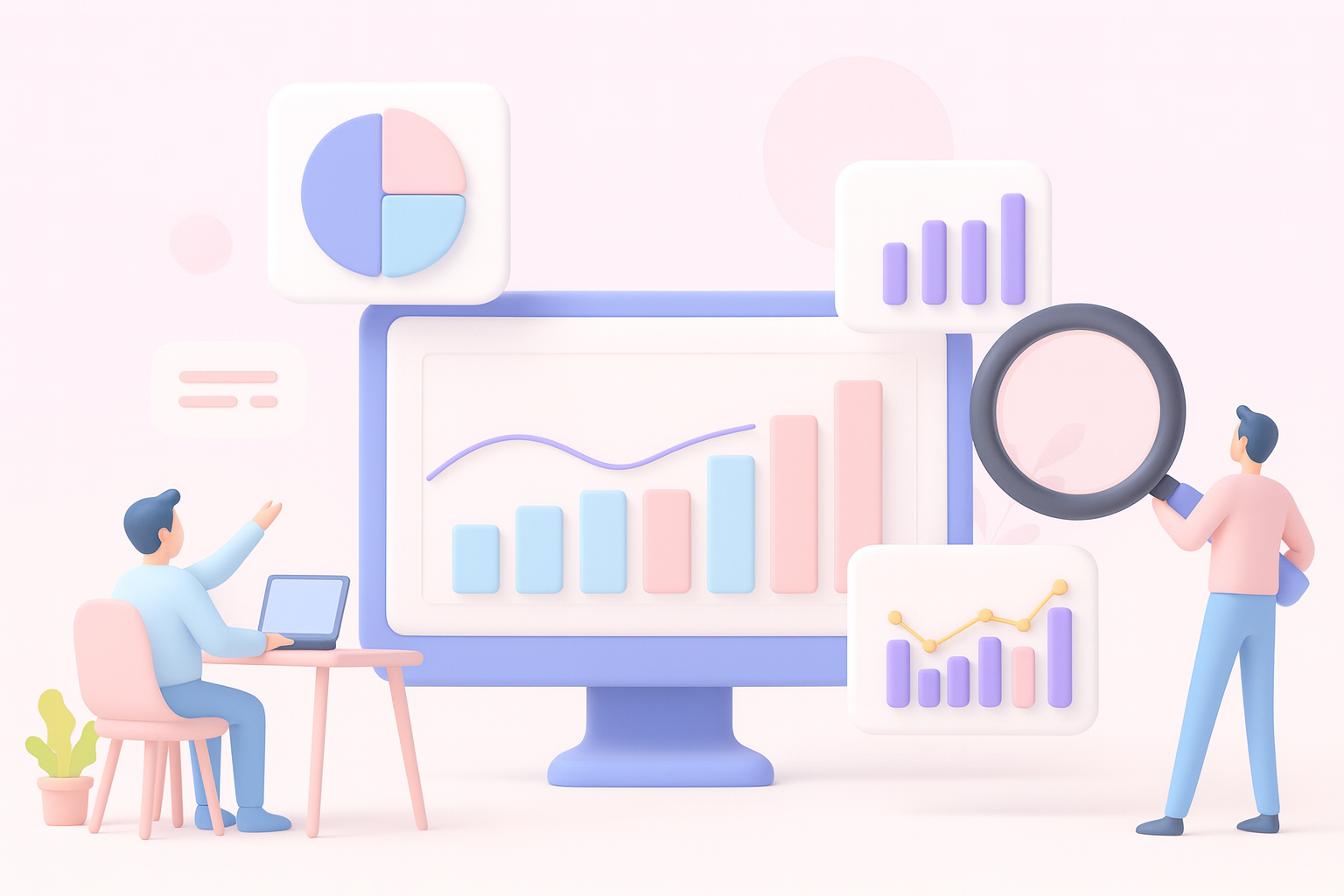In the past, finance teams focused on recording transactions, producing statements, and ensuring compliance.
Today, the role has shifted to interpreting complex data and guiding business strategy.
Companies generate more information than ever before, from sales reports and customer activity to supply chain performance.
This massive volume of data is overwhelming for those who still rely only on traditional tools. Employers now expect finance professionals to not just handle the numbers but to extract insights from them.
Without strong data analysis skills, it is difficult to keep up with these expectations.
This shift is not limited to major financial centers. Even smaller markets, such as in Oklahoma, are seeing firms emphasize the need for data-driven decision-making.
Professionals at every level of finance are under pressure to adapt. Understanding why data analysis matters is the first step toward staying relevant in a competitive industry.
The Shift From Traditional Accounting to Data-Driven Finance
Finance once revolved around backward-looking tasks such as tracking income, managing expenses, and producing financial statements. While these activities are still critical, they no longer define the full scope of modern finance.
Businesses now demand insights that go beyond reporting. They want to understand why numbers change and what those changes mean for the future.
Data analysis makes this possible. Instead of only recording what happened last quarter, finance professionals can now identify trends, detect patterns, and highlight opportunities for growth.
This change has redefined the role of accountants, auditors, and analysts. They are no longer seen only as number keepers.
They are becoming problem solvers who guide strategic business decisions.
This growing expectation has also influenced the kinds of educational paths professionals pursue. For example, enrolling in an online MBA in finance, such as the program at Southeastern Oklahoma State University, allows students to strengthen both traditional financial expertise and modern data analysis skills.
Programs like this emphasize areas such as financial modeling, security investments, and decision-making based on analytics—ensuring that graduates are prepared for the evolving role of finance in business strategy.
Risk Management in a Data-Heavy World
Managing risk has always been part of finance. Traditionally, it involved monitoring compliance, checking financial controls, and reviewing reports.
But risks today are more complex. They include cybersecurity threats, credit defaults, fraud, and sudden changes in global markets.
Data analysis allows finance professionals to anticipate these risks before they escalate. Predictive models can identify unusual patterns in transactions that may signal fraud.
Market data can highlight early warnings of credit issues or downturns. By using these tools, finance teams move from simply responding to risks to actively preventing them.
This proactive approach not only protects businesses but also builds trust with stakeholders.
Understanding Customer Behavior and Preferences
Finance teams are no longer confined to balance sheets and cost reports. They now play an important role in helping companies understand their customers.
Data analysis makes it possible to see how people spend, save, or use credit. These insights are valuable for shaping products, services, and pricing strategies.
For example, analyzing transaction histories can show which customer groups are most profitable. It can reveal seasonal buying habits or highlight the impact of promotions.
Finance professionals who can interpret this kind of information become key partners in driving growth. They help the business focus on what customers value most, while also ensuring that resources are invested wisely.
The Link Between Data Analysis and Strategic Planning
Finance is no longer a back-office function. Companies now rely on financial data to shape long-term strategies.
When leaders plan mergers, acquisitions, or expansions into new markets, they depend on finance teams to provide data-driven guidance. Without accurate analysis, decisions often rest on guesswork.
Data analysis helps companies test different scenarios before making large commitments. For example, by analyzing costs, revenues, and market demand, finance professionals can forecast whether a new product launch will be profitable.
They can also identify areas where spending can be reduced without harming performance. This connection between data and planning has made finance one of the most important voices in the boardroom.
Essential Tools Every Finance Professional Should Know
Data analysis once required specialized teams. Today, finance professionals are expected to use tools that make analysis faster and easier.
Excel remains widely used, but its advanced functions like pivot tables, macros, and Power Query are now essential. SQL is another important tool because it allows professionals to extract and work with large datasets from company systems.
Programming languages such as Python are becoming more common in finance because they handle complex calculations and automate repetitive tasks.
Visualization software like Tableau or Power BI helps turn raw numbers into clear charts and dashboards that decision-makers can understand.
Learning these tools does not require becoming a full-time data scientist. But having a working knowledge of them can set finance professionals apart from their peers.
Finance has always been about working with numbers, but the numbers have grown more complex and more connected to every part of a business.
Data analysis skills are no longer optional. They are now a core requirement for anyone who wants to succeed in finance.
For finance professionals who want to stay competitive, the message is clear: build data analysis skills now.
The future of the industry will belong to those who can turn raw information into meaningful action.









